700 year old Temple
Something more serious and austere. Sanjusangen-do Temple. An impressive long temple hall, 390 feet in length, built-in the Wayo (Japanese) style of architecture from the Heian period (794 to 1185 A.D). The meaning of Sanjusangen-do is a hall with thirty-three spaces between columns, this is a traditional method of measuring the size of a building. The temple hall is officially known as “Rengo-in”, or Hall of the Lotus King .
1001 magnificent golden statues
Sanjusangen-d0 temple, established by the powerful warrior politician Taira-no-Kiyomori in 1164. The temple we see today reconstructed in 1266 after the original burnt down. It has remained unchanged for 700 years. Sanjusangen-do temple is so very, very old. You can smell it in the mellowed mustiness of the hall as you walk through. A hallowed hall with 1001 golden statues glimmering in the eerie darkness. Once the eyes become accustomed to the darkness only then can one take in the amazing detail of these awesome sculptures.
There are one thousand golden, standing statues of the Kannon, 5.5ft in height, with one large seated statue at the center of the standing statues. The statues made of Japanese cypress. Among the standing statues are 124 made in the 12 century when they founded the temple; the remaining 876 statues made in 13th century with the re-construction of the temple. Click on the pic above for a closer view. 1001 golden statues. Awesome!
Senji Kannon (Goddess of Mercy)
The statues are of the Buddhist deity, Juichimen-sneju-sengen Kanzeon, or Thousand Armed Kannon, best known by the simplified name “Kannon”. The center statue is of Senji Kannon,(Goddess of Mercy), 11.5ft tall, carved in cypress in 13th Century. Absolutely awe-inspiring! Take your time walking through this solemn ancient hall, it has so much atmosphere and such wonderful golden statues. One needs time to absorb and take it all in and feel the reverence.
The ‘Wind God’ and ‘Thunder God”
There are two wonderful and dynamic statues placed at either side of the temple hall on raised cloud-shaped pedestals. They are sculptures of the ‘Wind God” and the ‘Thunder God’. People worshiped the ‘Wind God’ and ‘Thunder God’ as deities, believed to control the wind and rain, and bring about good harvest to the land.
The carving in the statues are amazingly detailed, and considered representative masterpiece sculptures of the Kamakura period (12-14th centuries).
A further 28 statues placed in a straight line in front of the 1001 Kannon statues are guardian deities who protect the Buddhist Deity Kannon. Many of these deities have their origins in ancient India.
I wondered how they carved all those arms and heads on one piece, so much detail. However, I learned that an assembled construction method is used to join the pieces together. Arms and heads carved separately, then joined together, and coated with lacquer and finished by coloring.
Annual archery contest at Sanjusangen-do Temple
On the Sunday before the Coming of Age Day (2nd Monday in January) Sanjusangen-do temple hosts an archery contest for young women, who shoot arrows from one end of the veranda to the other. The archery contest dates back to the Edo period and called Toshiya .
Excellent Postcards
No photos allowed inside, which I guess is understandable in such a revered temple. However there are excellent postcards of the Deities. I scrapbook all my trips, so have used my scrap-booking pages to illustrate this blog post.
A blessing from the Monks
When you visit the temple you receive an interesting entrance ticket stamped in red, with script brushwork. The Monks offer you a blessing, also on rice paper with brushwork script. A delight to watch the monks execute the script brushwork so beautifully, the monks very friendly and cheerful in this sombre hall. Two great souvenirs of Sanjusangen-do Temple to cherish.
Don’t miss the opportunity to see this ancient, 700 years old temple and golden statues, when visiting Kyoto, Japan.
Sanjusangen-do Temple is a twenty-minute walk from Kyoto Station
Related Posts:
- Sensoji-Asakusa Kannon Temple
- The Kabuki Theatre
- Half Day Tokyo Tour
- Tokyo Japan travel to Nikko
- Toshogu Shrine Japan
- Nikko-Lake chuzenji & Kegon Waterfall|Tokyo-Japan-travel
- Mt-fuji-lake-ashi-komagatake-ropeway-japan
- What is an Irori,what is a jizai kagi Takayama gifu province Japan
- Takayama festival floats-matsuri festivals-gifu province japan
- Two headed monster-Sakurayama Hachimangu Shrine-Takayama-Gifu Province
- Hida hotel-Plaza | Farmers Market Takayama Japan
- Sugidama Sake breweries – traditional shops Takayama Japan
- 450 year old cherry blossom trees scenic Miboro dam Takayama
- The old Toyama family farmhouse Shirakawa-go
- Ancient a-frame Gassho-zukuri homes – villages of Shirakawa-go
- Doburoku matsuri festival Gokayama-washi Shirakawago villages
- Kanazawa railway station east plaza city center
- Kanazawa shrine Kanazawa – marsh of gold
- Perfect landscaping Kenrokuen GardenPark Kanazawa
- Spectacular cherry blossom trees Kanazawa castle park Japan
- Samurai-Nagamach Samurai District-Kanazawa a green city
- Beautiful geisha tea house of the geisha ochaya shima
- Paradise of gold for an artisan Kanazawa
- Nijo Castle Ninomaru Palace and gardens
- Golden Pavilion Kinkaku Ju Kyoto
- Kyoto Imperial Palace Kyoto
- Kyoto Heian shrine-heavenly weeping cherry blossom trees
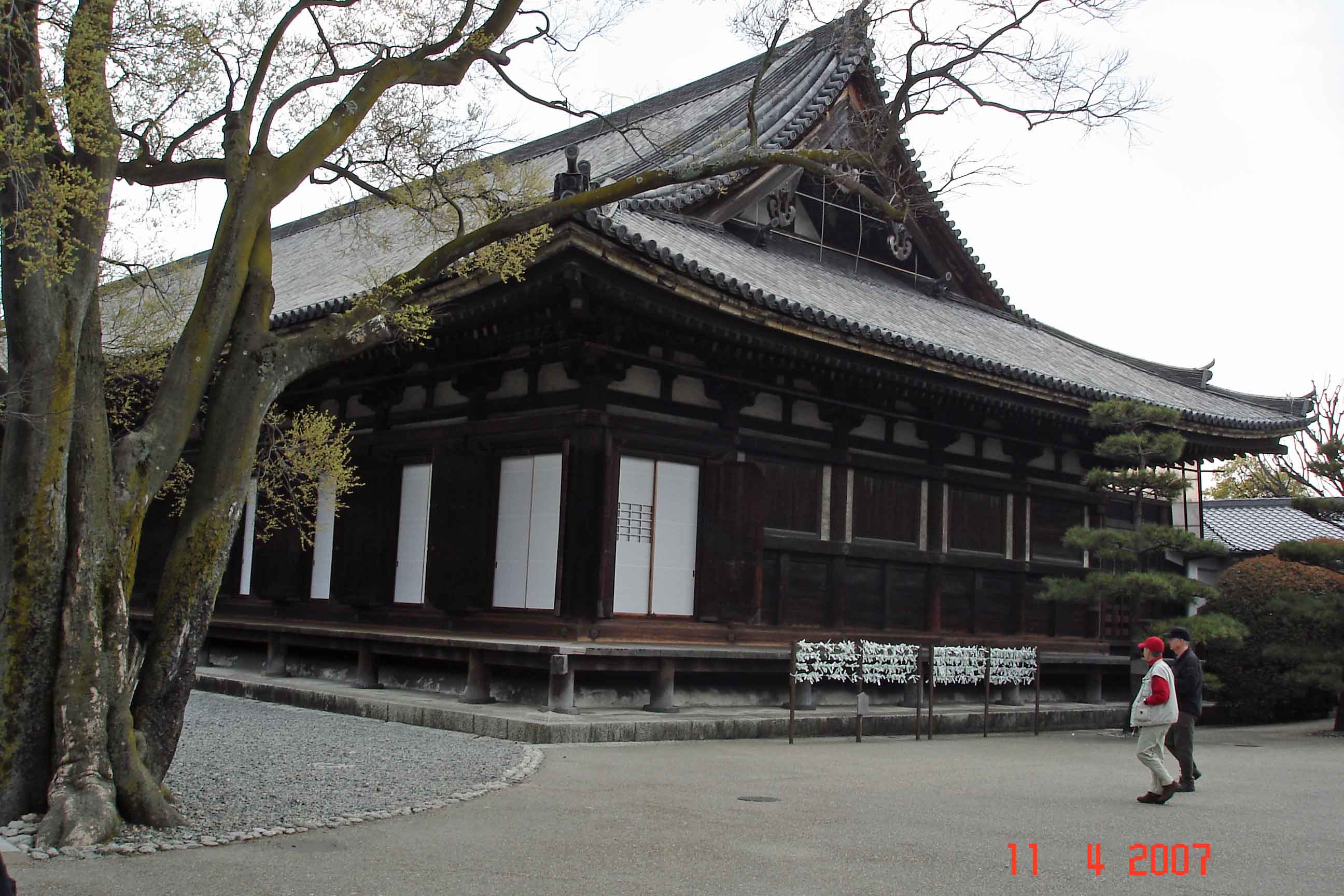
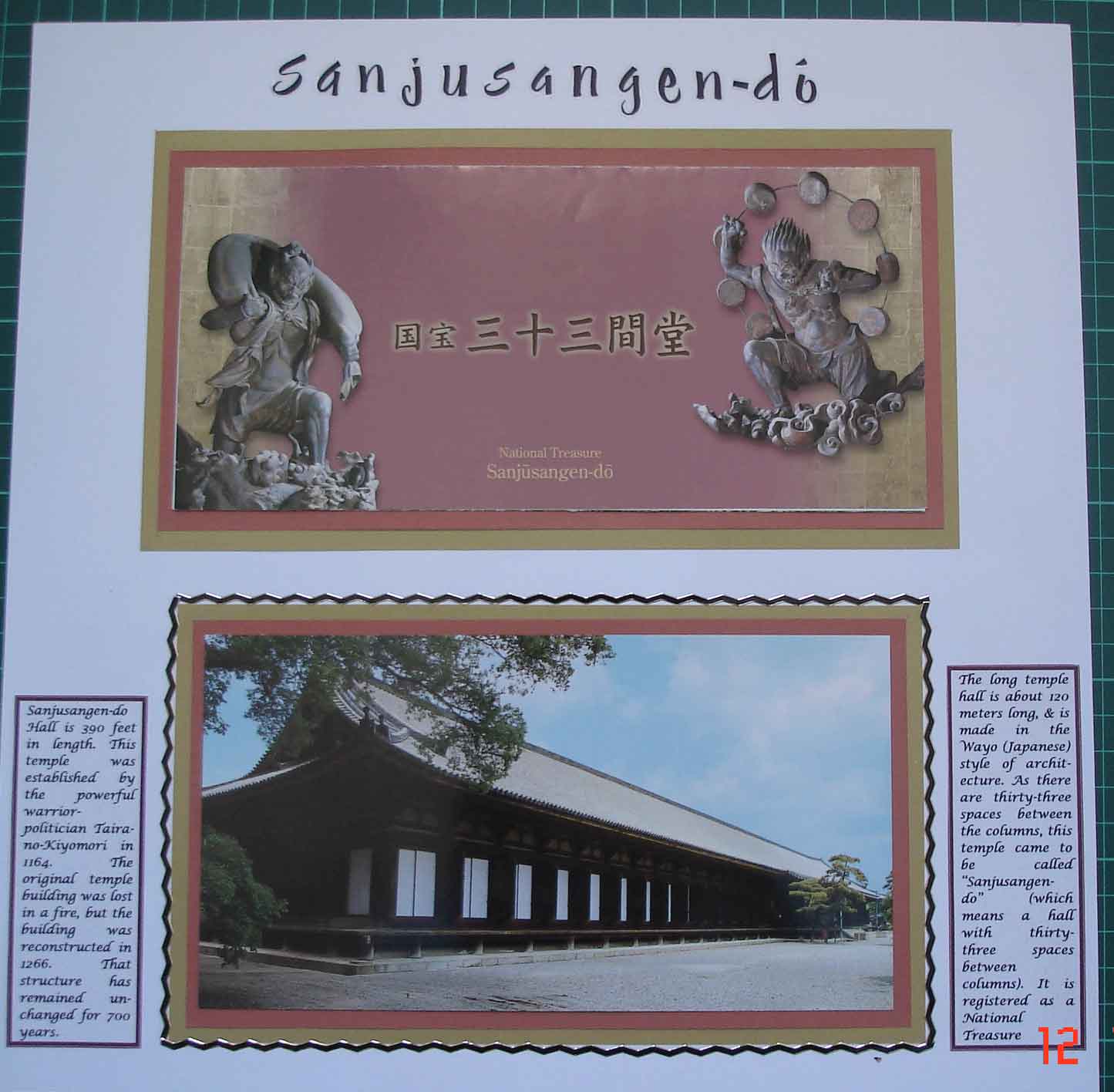
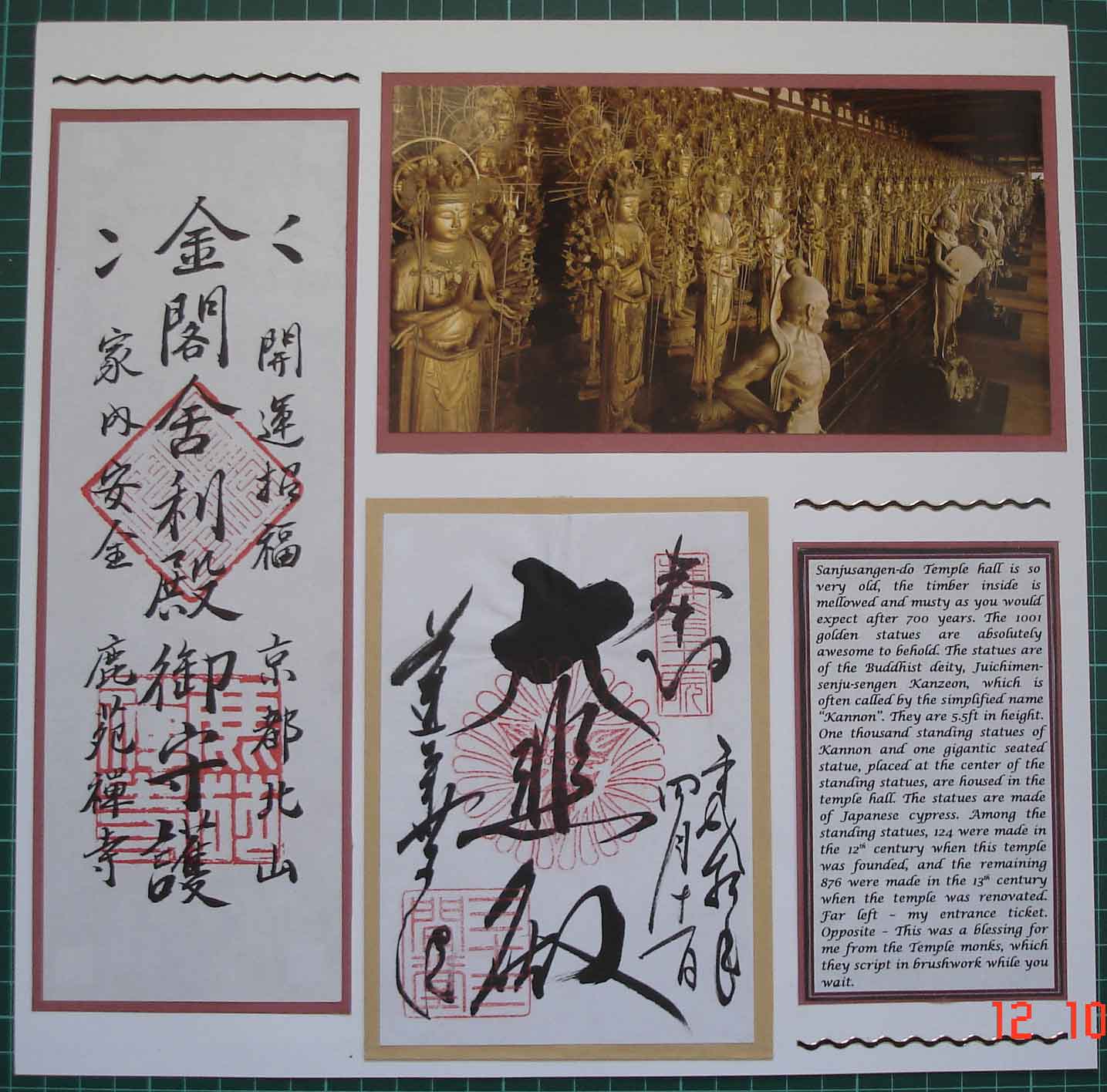
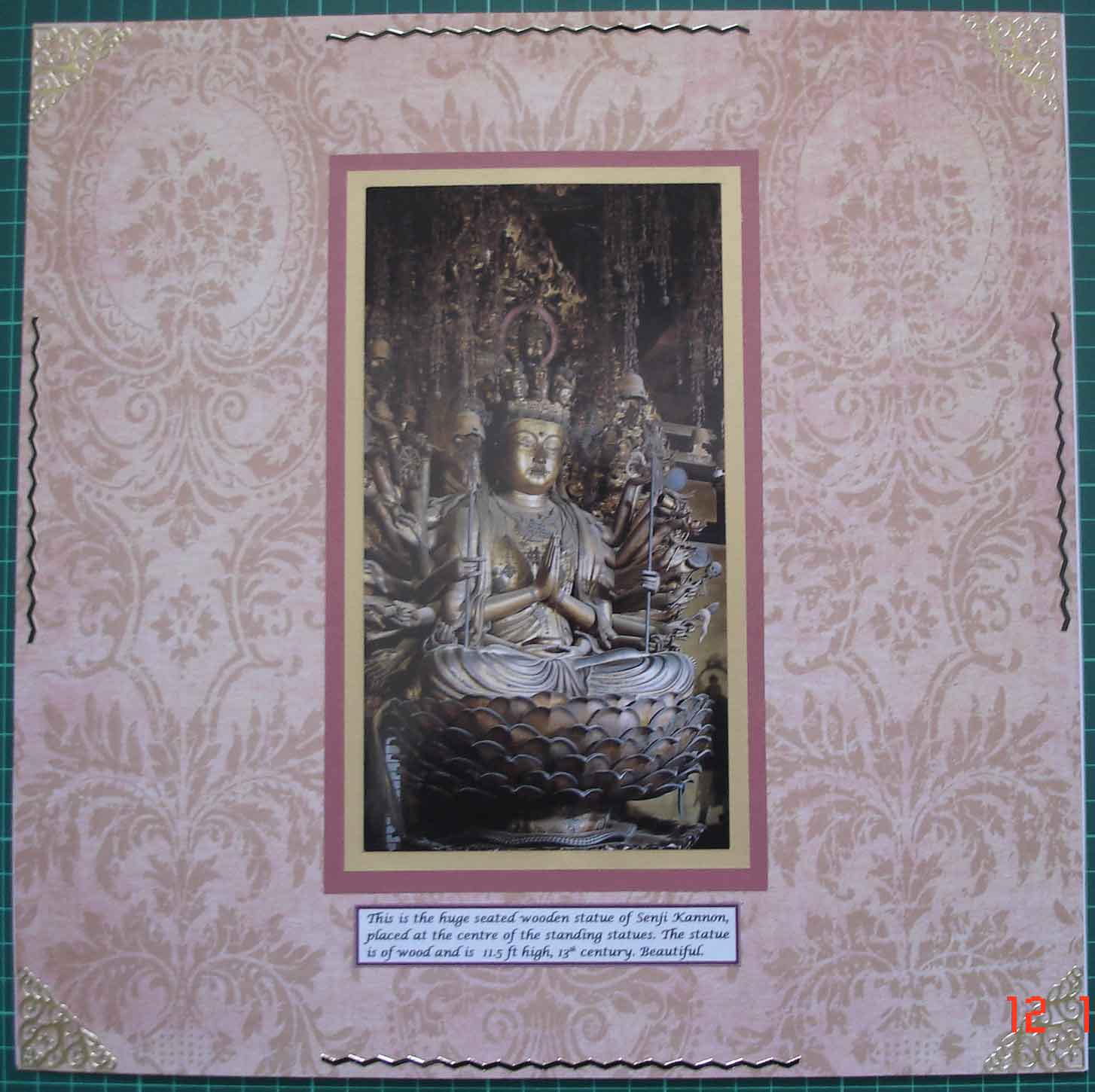
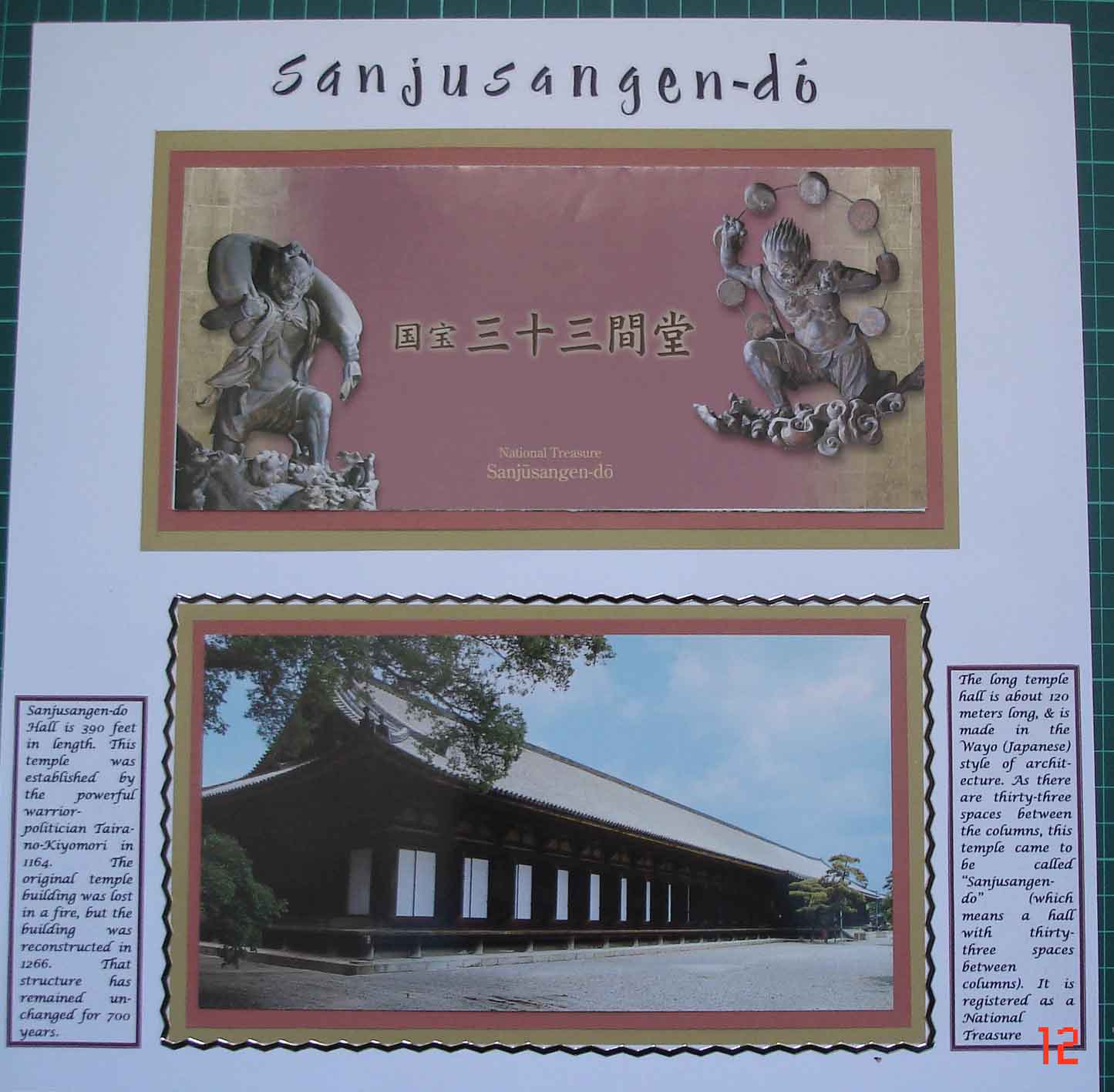
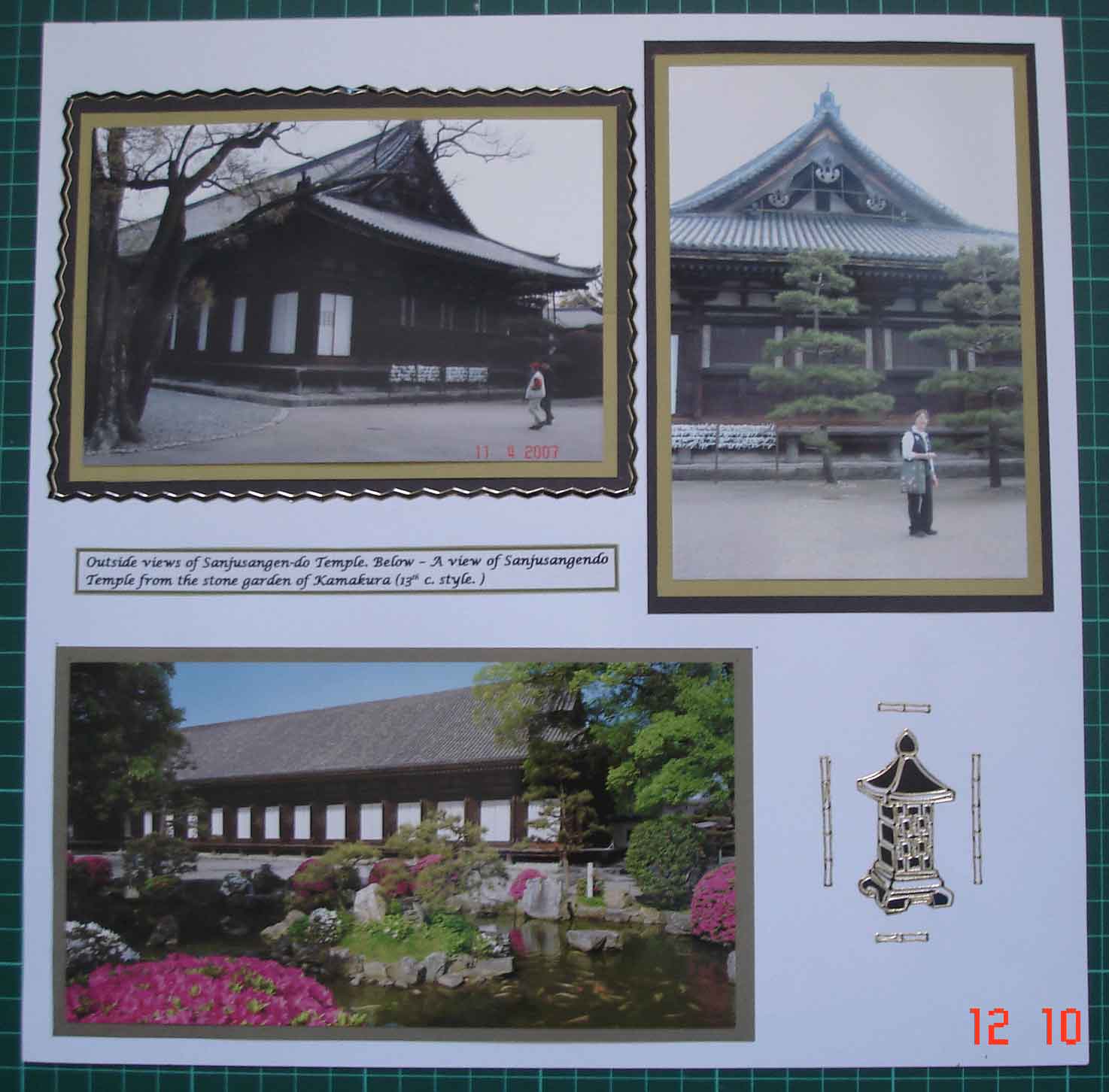
Speak Your Mind